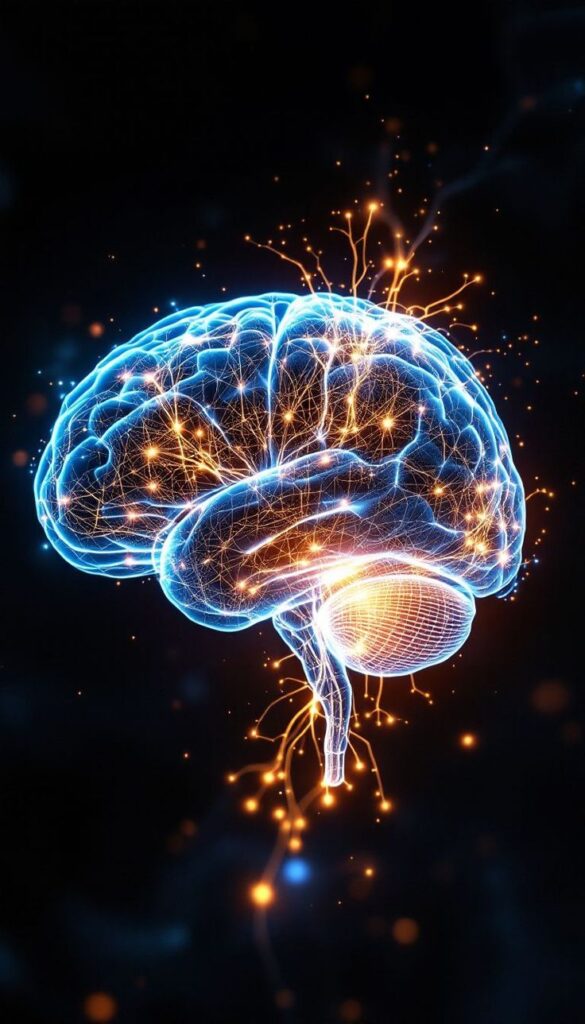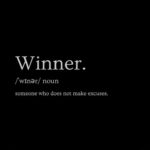Here’s a truth that’ll sting a little: most brands don’t have loyal customers they have habitual ones. And the difference between the two? It’s the difference between a business that survives and one that scales into a category-defining empire.
Think about it.
You run a campaign. You throw a discount. They buy.
You launch a loyalty program. They collect points. They redeem.
You send a “we miss you” email. They come back once. Maybe twice.
That’s not loyalty. That’s Pavlovian training.
And yet, founders, marketers, and boardrooms everywhere love to pat themselves on the back for it. They call it “retention.” They slap a metric on it. They build an entire “loyalty strategy” around it. But here’s the uncomfortable truth: if your customers are coming back because of what you’re offering and not because of who you are; you’re replaceable.
And in 2025, replaceable brands die fast.
The Real Reason Customers Stay (And It’s Not Points or Discounts)
Let’s get something straight: human loyalty isn’t logical, it’s neurological.
Your customers aren’t spreadsheets. They’re walking, feeling, story-craving, dopamine-chasing machines. Their brains are wired to seek safety, recognition, reward, and belonging, not “10% off your next order.”
When we talk about retention marketing, we should be talking about how we hijack human behavior in our favor. But instead, most brands are still stuck treating it like a transactional science when it’s actually a psychological one.
Here’s what neuroscience tells us about loyalty:
- Familiarity builds trust.
The brain rewards what it recognizes. That’s why consistent branding, storytelling, and messaging matter more than any sale. Repetition builds memory. Memory builds preference. - Belonging beats bribing.
Humans are tribal creatures. When a brand makes us feel like we’re part of a “club” not just a customer list our loyalty skyrockets. This is why communities outperform campaigns every single time. - Emotion over logic.
Loyalty isn’t a spreadsheet metric. It’s a limbic response. Customers who feel something about you; joy, pride, identity; will stay even when competitors are cheaper or closer. - Reward timing matters more than size.
Dopamine isn’t about the amount of reward, it’s about the anticipation of it. Brands that understand how to pace recognition (not overload it) keep people hooked.
You’re not competing with other brands. You’re competing with the brain’s chemical reward system.
The Loyalty Lie Most Founders Believe
Somewhere along the way, retention became synonymous with repetition.
Repeat purchase? ✅
Subscription renewal? ✅
Email open? ✅
But here’s the kicker: repeat doesn’t mean loyal. And the minute something shinier, cheaper, or newer enters the market, that repeat buyer is gone.
Loyalty is what happens when leaving feels like losing.
It’s why people tattoo brand logos on their skin.
It’s why Apple fans defend the company like it’s a religion.
It’s why Nike doesn’t have “customers”, it has disciples.
Those brands didn’t buy loyalty. They built it. Neuro-pathway by neuro-pathway.
Story Time: The $30M Coffee Brand That Never Discounted Once
A founder I worked with a few years ago built a $30M DTC coffee brand, without a single discount.
No loyalty program.
No flash sales.
No “15% off for first-time buyers.”
Instead, they obsessed over the brain chemistry of belonging.
They designed every unboxing like a personal ritual; handwritten notes, playlist links, brewing tips.
They built a community first retention strategy; live Q&As with farmers, behind the scenes stories, direct Slack channels with their team.
They turned contribution into a game, rewarding customers with recognition; not points for reviews, recipes, and referrals.
The result? A repeat purchase rate 3x the industry average without sacrificing a cent of margin.
That’s not marketing. That’s neuroscience, disguised as brand love.
The Loyalty Framework That Actually Works in 2025
If you’re a founder building for longevity, here’s the cold truth: retention isn’t a campaign you launch. It’s an environment you design, one that plays to the brain’s deepest drivers.
Here’s the 5-part framework to build that environment:
1. Encode Trust Early (The Familiarity Bias)
Most brands waste the “honeymoon phase”, that crucial window right after the first purchase. This is when the brain is forming neural associations with your brand.
Don’t just say “thank you.” Tell a story. Make them feel something. Send a message that only you would send. That emotional first impression anchors long-term memory and memory is the root of loyalty.
2. Build Identity, Not Incentives (The Tribe Effect)
No one wakes up wanting to “be a customer.” But they do want to belong.
Your job is to turn your audience into a movement, not a mailing list.
How?
Create language and rituals.
Name your community.
Make membership mean something beyond purchases.
When people identify with you, they stay for you.
3. Engineer Anticipation (The Dopamine Trigger)
Want to know the most powerful retention tool? Suspense.
Tease the next drop. Hint at what’s coming. Turn product launches into cultural moments.
The moment of anticipation spikes dopamine more than the reward itself which means your customers are literally training their brains to stay tuned.
4. Reward Behaviour, Not Just Buying (The Reciprocity Loop)
Humans are wired to reciprocate. When someone gives, we feel compelled to give back. But most brands only reward transactions.
Flip the script. Reward reviews. Celebrate UGC. Acknowledge feedback. Highlight superfans. This turns retention from a purchase loop into a participation loop.
5. Personalise for Meaning, Not Metrics (The Empathy Layer)
Here’s where most “personalisation” goes wrong: it tries to prove how much the brand knows. (“We saw you looked at this 3 times…”) creepy.
The goal isn’t to stalk. It’s to serve.
“Because you tried this roast, you might love this one.”
“Since you read this guide, here’s the next step.”
This isn’t marketing automation. It’s empathy at scale — and the brain rewards that with trust.
The Founder’s Wake-Up Call: Stop Thinking Like a Marketer
Most founders approach retention like a spreadsheet. Funnels, flows, LTV, CAC. And yes — those numbers matter. But numbers don’t build loyalty. Neurochemistry does.
Retention marketing in 2025 is less about “how do I get them to buy again?” and more about “how do I become part of their identity?”
It’s why Patagonia customers wear their jackets like a badge.
It’s why Glossier fans tattoo the logo.
It’s why YETI sells status, not steel cups.
The future of retention isn’t “marketing.” It’s memory engineering.
Final Thought: Loyalty Is a Feeling, Not a Funnel
If there’s one takeaway I want every founder to tattoo on their mind, it’s this:
Loyalty isn’t a metric. It’s a feeling.
It’s the comfort of familiarity.
The pride of belonging.
The thrill of anticipation.
The gratitude of reciprocity.
The warmth of being understood.
And none of those can be bought with points, pixels, or promo codes.
They’re earned.
The future of retention belongs to the brands that understand this simple truth: You’re not trying to get customers to buy more. You’re trying to make them feel more.
Because when a customer’s brain decides you’re part of their story, leaving is not an option.
If you’re a business and think you might need help taking your revenue to the next level, we’d love to take a look. We’ll show you within hours how to optimise your customer base revenue with our audit and so much more.
Book your audit here → https://calendly.com/nasima-crm-consultancy
Check out our books on Amazon:
How to keep your Customers for life

100 onboarding hacks for exclusive CRM insights, retention strategies, and brand growth ideas.

Follow us on Instagram → @nasima_complex for daily tips, behind-the-scenes insights, and real-world brand wins. https://www.instagram.com/nasima_complex




